(This week’s post is provided by Dr. James Tansey, Saskatchewan Ministry of Agriculture, Provincial Specialist, Insect/Vertebrate Pest Management)
With the onset of the 2019 growing season, we decided to feature an insect that is becoming a growing problem throughout Canada: Spotted Wing Drosophila (SWD), Drosophila suzukii.
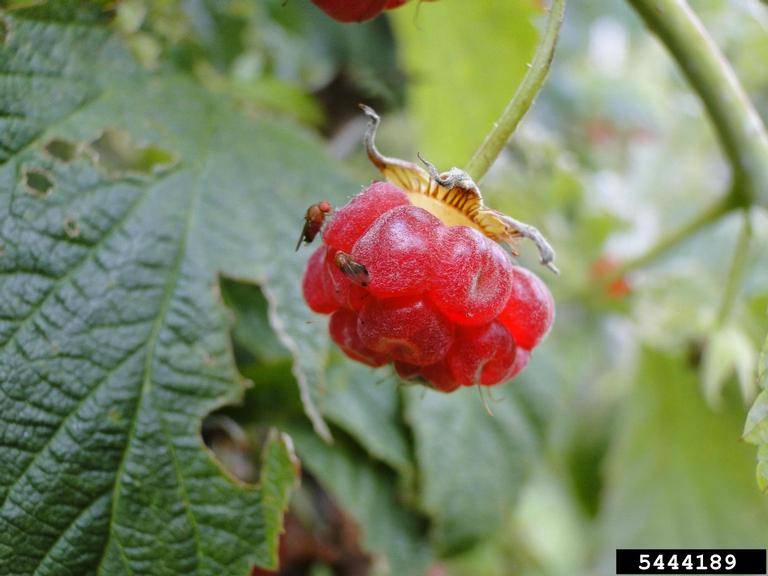
This invasive insect is thought to have originated in southeast Asia. The first record of SWD is from Japan in 1916. SWD is now established in small and stone fruit production areas throughout North America. SWD has been reported in British Columbia since 2009, and was first reported in Alberta in 2010. Although it has not yet been found in Saskatchewan, occurrence in Alberta and low levels in southern Manitoba suggest that SK infestations are likely imminent. Saskatchewan Ministry of Agriculture will be monitoring for this pest this summer (2019).
SWD is an economic pest of many soft fruits including raspberry, strawberry, cherry, blueberry and plum (Figure 1). Saskatoon berry has been documented as a host. Haskap is also considered susceptible but may escape major damage as SWD populations typically do not increase until after harvest. However, Ontario haskap growers have seen economic losses when a mild winter is coupled with factors that lead to delayed ripening.
SWD adults are 3-4 mm, yellow-brown with red eyes. Males have a conspicuous spot on the leading edge of each wing (Figure 2). Females lack the spots but have a characteristic large, serrated ovipositor (Figure 3).
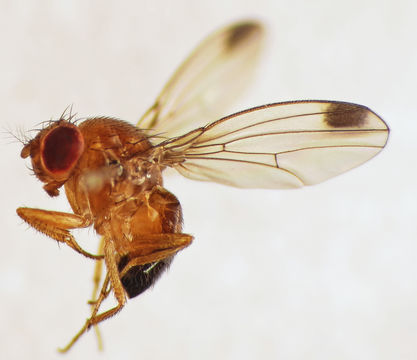
cc by 2.0 – Martin Cooper
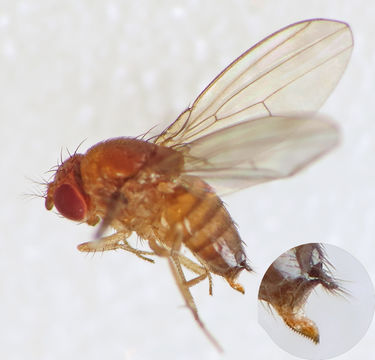
cc by 2.0 – Martin Cooper
SWD overwinter as adults. These become active in the spring, mate and seek egg-laying sites. Female SWD lay as many as 16 eggs per day for up to two months, averaging 384 eggs each. Female SWD deposit eggs with their serrated ovipositor under the skin of healthy, ripening fruit. Oviposition sites look like pin-holes in the skin (Figure 4). These can also serve as avenues of entry to pathogens like brown rot and botrytis. Several larvae can occur per fruit (Figure 5). Larval feeding causes fruit to become prematurely soft and unmarketable. Larvae mature in 3-13 days and pupate most commonly in the fruit. The pupal stage lasts another 3-15 days. Multiple generations per year are common.
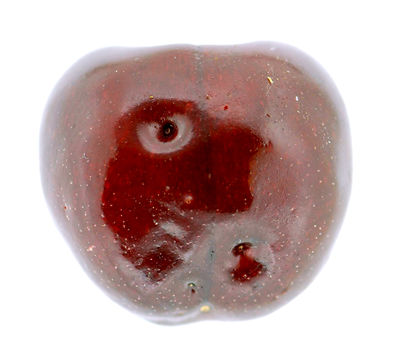
cc by 3.0 – Martin Hauser Phycus
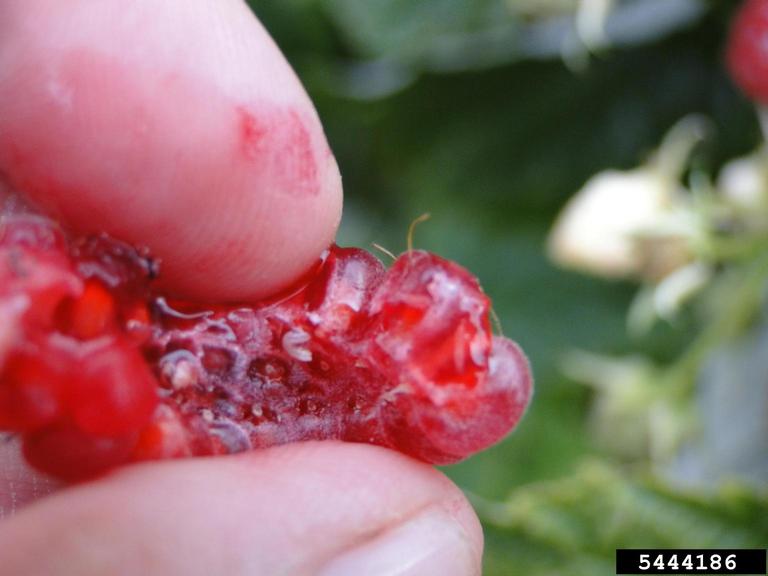
Hannah Burrack, North Carolina State University, Bugwood.org
Although SWD adults can be moved around by winds, movement of contaminated plant material is the major route for dispersal. Current management includes culling and destruction of soft fruit and the application of insecticides to established populations. Products registered to control SWD can be on Health Canada’s pesticide label search site (http://pr-rp.hc-sc.gc.ca/ls-re/index-eng.php). Use the search terms ‘spotted wing drosophila’. Product updates occur periodically so check this site regularly.
For information about previous featured insects, please visit our Insect of the Week page. For even more information on crop pests and their natural enemies, be sure to check out our newly updated Field Guide and Cutworm Guide, available for free download on our Insect Field Guide and Cutworm Field Guide pages.
